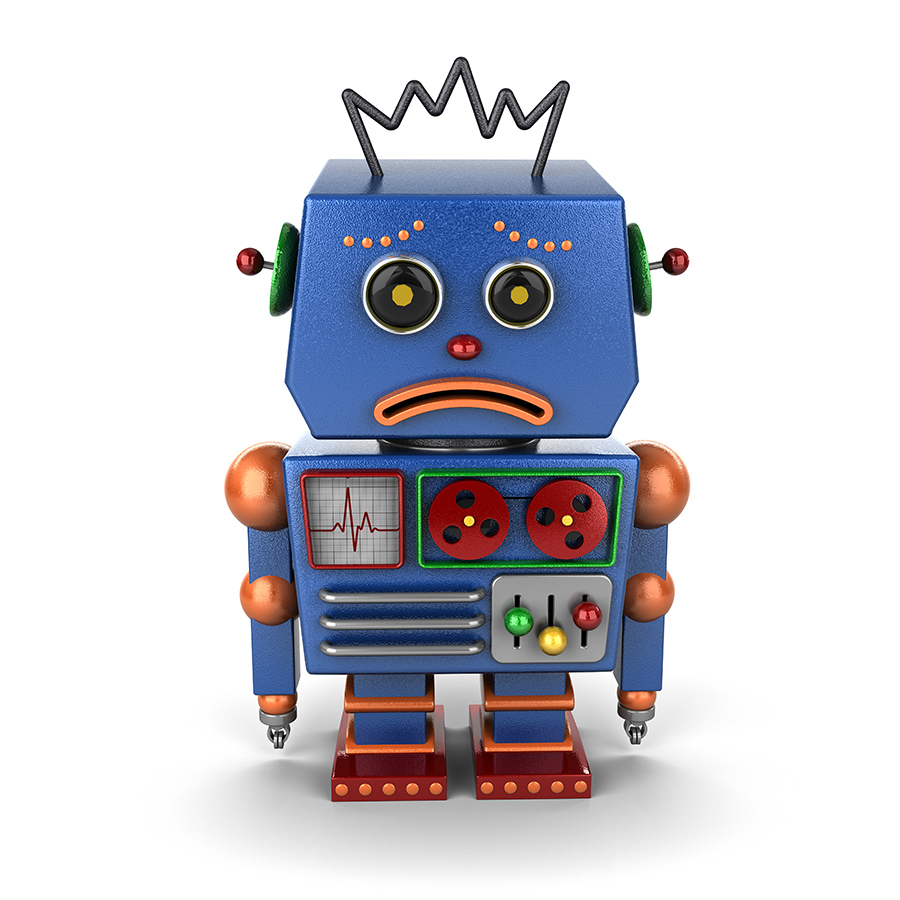Buying Guidelines for Safe and Fun Toys

Who'd have thought a cute plush puppy could cause choking? Or that dinosaur claw gloves could poke an eye? You know the little boy in your life would love the toy sword but think twice. It could cause a blunt force injury when he swings it at someone.
The right toys can help children develop imagination and coordination. The wrong ones can do more harm than good. Toy-related injuries send hundreds of thousands of children to the emergency room each year.
Although many toy manufacturers follow safety guidelines for their products, some don't. Your challenge is to find toys your children will enjoy and that you know are safe. These suggestions can help you make the right choice when selecting a birthday or holiday gift for children.
- Watch for small parts - Don't give toys with small parts to toddlers and small children. These youngsters tend to put things in their mouths, increasing the risk of choking.
- Age appropriate - Select toys to suit a child's age, abilities, skills and interest level. Toys that are too advanced can pose safety hazards.
- Look for standards - Look for the letters "ASTM." This means that a product meets the national safety standards set by the American Society for Testing and Materials. Be sure to read any warning labels before buying toys. Also, check the Consumer Product Safety Commission's website for a list of recalled toys and recall alerts.
- Before you head out to the stores to buy toys for the kids, review the Top 10 Worst Toys list distributed by the World Against Toys Causing Harm, Inc.
- Is it noisy? Avoid toys that make loud or shrill noise to avoid serious ear injury.
- Choose well-made stuffed animals - The eyes, noses and other small parts of stuffed animals should be securely fastened to reduce the risk of choking.
- Hobby kits - Never buy hobby kits, such as chemistry sets, for children younger than 12. Provide proper supervision when older children play with such toys.
- Watch the action - Avoid toys that shoot or include parts that fly off. Slingshots and high-powered water guns can injure children. BB guns aren't considered toys.
- No heat - Avoid toys with electric heating elements.
- Inspect toys for solid construction - They should be made of long-lasting materials, have no sharp edges or points, and be able to survive impact.
- Read carefully - Read instructions carefully and follow suggested age levels and safety instructions. Age labeling is provided for developmental and safety reasons.
- Show and tell - Explain and demonstrate how to use toys.
- Toss it - Repair or get rid of damaged toys.
- Keep separate - Keep toys appropriate for older children away from younger ones.
- How do they play? Don't let children play with toys in dangerous ways.
- Trash wrappings - Throw away wrappings immediately. Sharp staples and plastic bags can be dangerous and cause injuries.
- Safety rules - Make a list of safety rules and share them with your children. If your youngsters are playing with friends, remind everyone of your safety rules.

